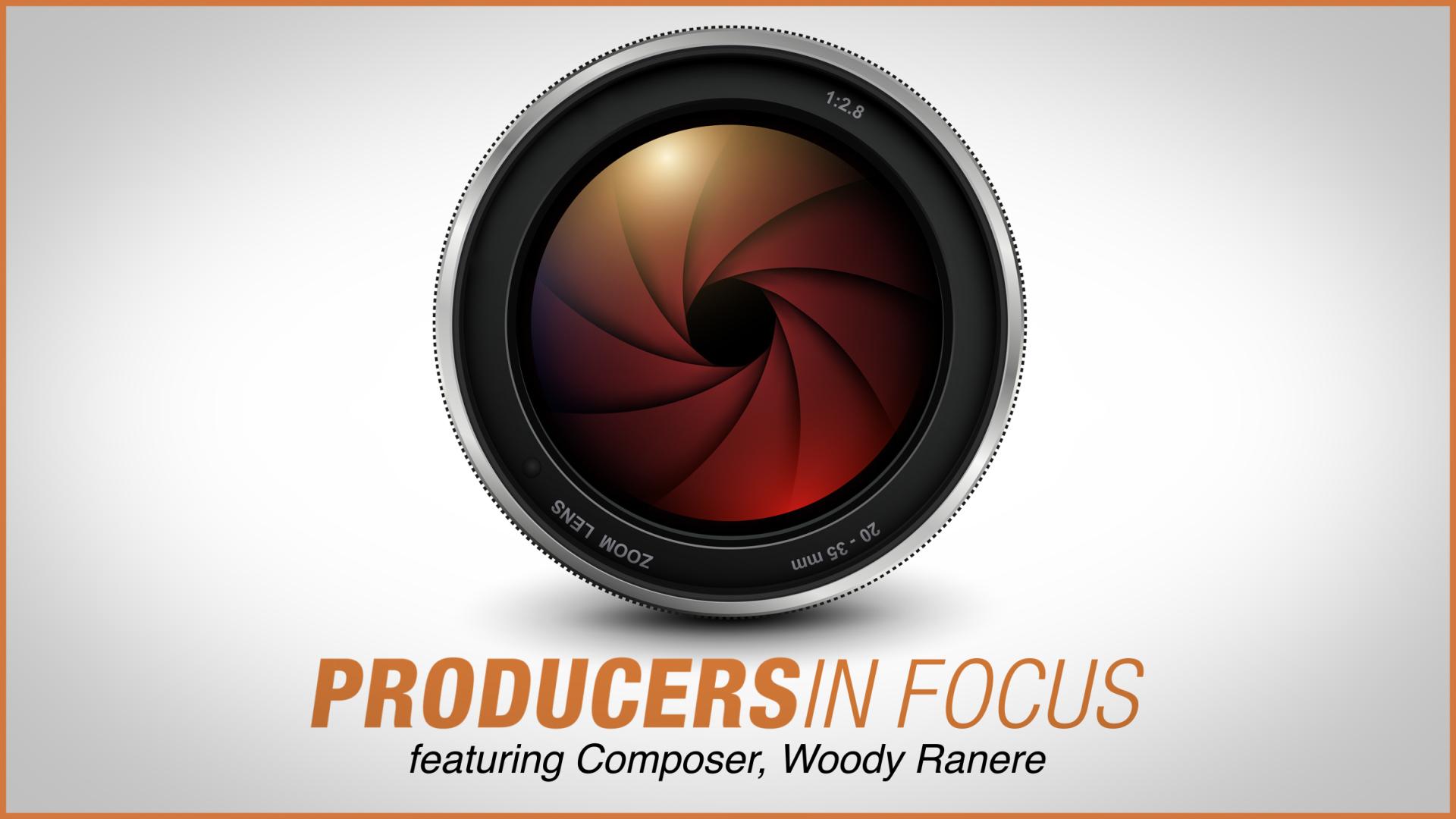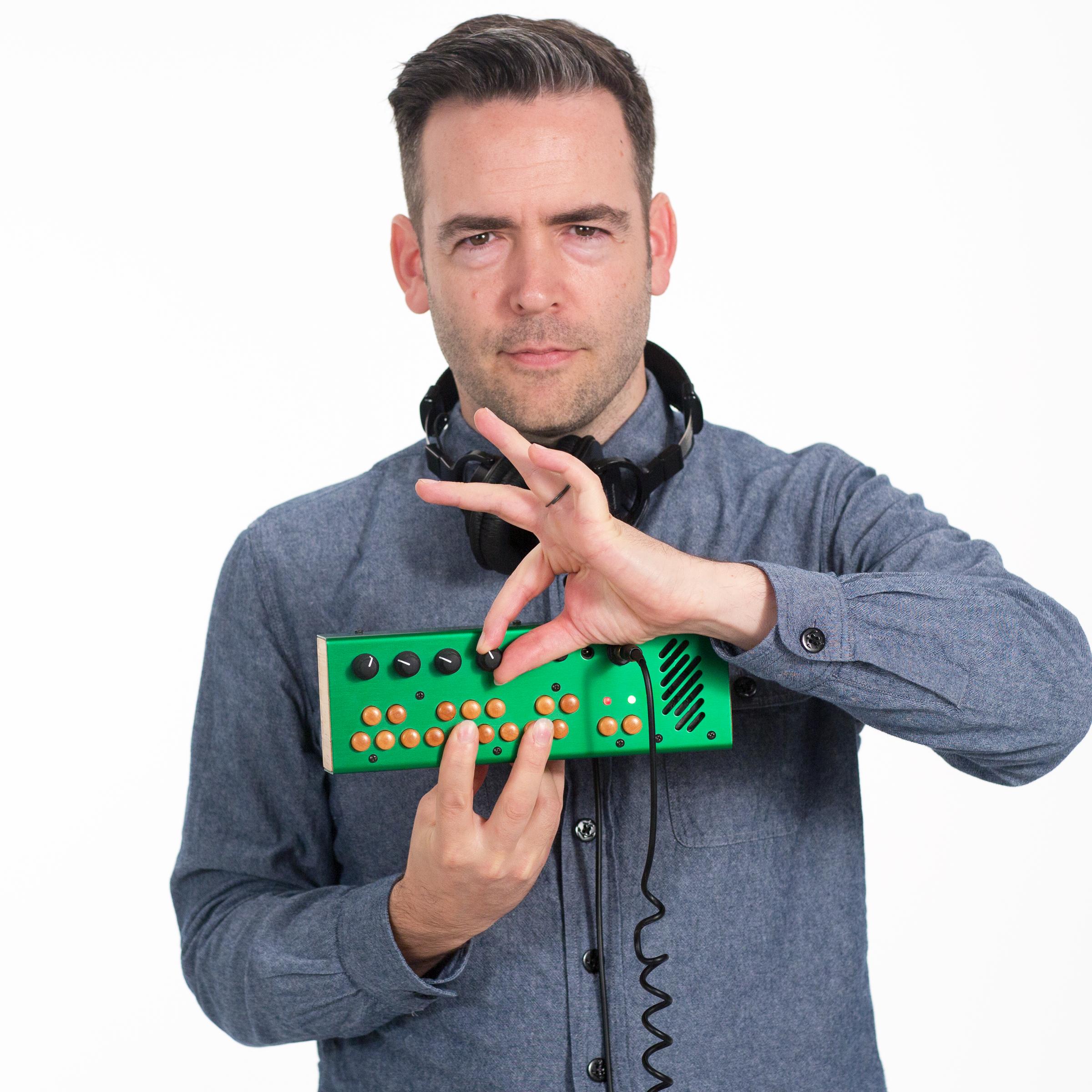PRODUCERS In Focus: Featuring Woody
To study music, we must learn the rules. To create music, we must break them." -- by Nadia Boulanger
I came from a musical family that always had a record spinning on the turntable. My dad woke me up Saturday mornings playing the piano and sung me to sleep with his guitar at night. I was no child prodigy, but I’ve used music to understand and express joy and loss my entire life. It’s a feeling, a place where words aren’t always up to the task.
After receiving a degree in Computer Music, I went on tour for 10 years with various bands. This took me around the country and the world. I performed in front of tens of thousands of people and where I learned to connect with an audience. During this time, I co-wrote and produced five studio records for my band as well as others. That’s how I learned to work with a team of creative people (sometimes in stressful environments). When all the touring was done, I entered into the world of sound design and composing for media. Turns out, my Computer Music degree would now be very useful, much to my parent’s delight. Having learned the basic building blocks of acoustics, synthesis and how to communicate about abstract ideas, music and sound design was a natural fit.
One of the most important aspects of sound design and music in media is being able to communicate and decipher what someone means when he or she says “big” or “slick,” “laid back,” “intense” or “pillowy” and so on. Temp scores and reference tracks are a huge help, but they still don’t always get you there. A good reference track may just tell you what instrumentation to try or just the tempo and pace of a project. Being able to listen and connect the dots for your director or client is one of the most important parts of consistently putting out good work that hits the mark. If you’re lucky, sometimes you get to work with the same clients over and over, where you learn a flow and shorthand that helps you better achieve their creative goals.
Technology is great and puts more at your fingertips faster. It gives a single composer way more flexibility to cover more styles, but it doesn’t write the melody, choose the tempo or build the vibe. Only experience, communication, an obsession with music and how we got here and where we’re going can do that.
Part of what keeps it interesting is knowing how integral technology has always been and will be to music and sound design - past, present and future. Understanding that different musical eras have distinct technologies linked to them allows us to understand how to better recreate that lush Frank Sinatra vibe or that raw riff rock tune you grew up with. It’s always about the melody, chords and players, but it’s also about the mic, the room and the analog gear that was used to capture that performance, all those years ago. Same goes for the latest Pop or EDM, there are technologies, techniques and tricks used that are the only way you will get to an authentic and believable sounding track. If you want a track to sound like Taylor Swift’s latest hit, you need to find out who co-wrote and produced that track, then find out what programs and plug-ins they both used, look for the interview they did 3 years ago talking about their favorite gear and what other artists they were listening to… that’s how you can produce a track that could sit on the same album. You have to be a little obsessed with it. Part of it comes from research and being up on the latest and greatest, but a lot of this knowledge comes from working in a recording studio for years producing artists and rubbing elbows with other producers in the game. Learning the tricks of the trade is vital to making music and sound design that is cutting edge and familiar. Learning how to twist and manipulate those tricks of the trade allow you to innovate and create.
I consider myself lucky. I get to work with creative people and still get a thrill every time I lock in a new beat, come up with a new sound, get a riff just right or hear someone sing my melody. That feeling never goes away and it’s a big reason why I still get excited doing this 20 years in.
-Woody
You can listen to samples of Woody's work HERE
Give us a shout, we promise to exceed your expectations.
Executive Producer/Post Production: Karen Phillips: [email protected]
Producer: Kristen Wiseman: [email protected]
producers.tv
410-523-7520


